Calathea Care In Gardens: Tips For Growing Calathea Plants Outside
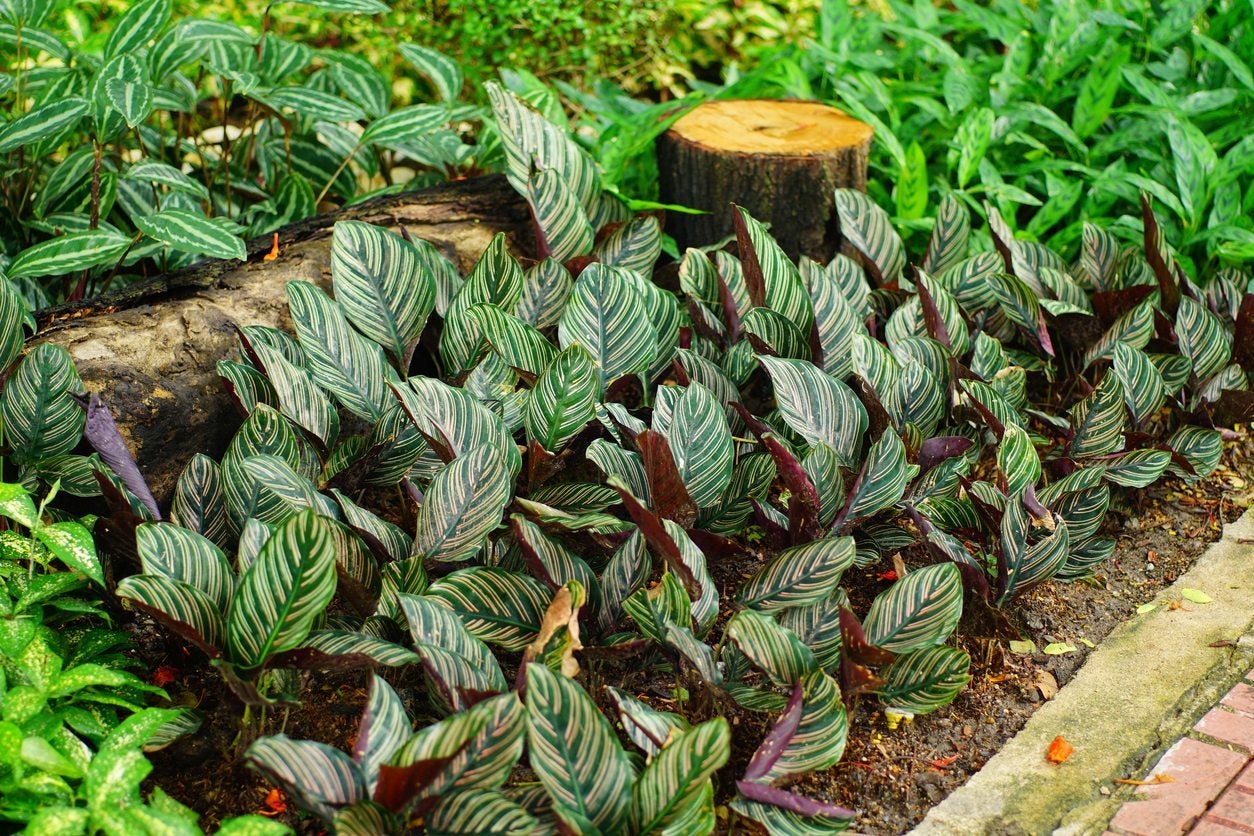

Calathea is a large genus of plants with several dozen very distinct species. Indoor plant enthusiasts enjoy growing Calathea plants for the colorful leaf markings, indicated by names such as rattlesnake plant, zebra plant, or peacock plant. Will Calathea grow outdoors? It depends on your climate because Calathea is a tropical plant. If you’re fortunate to live in a warm, humid climate in USDA plant hardiness zone 8 or above, you can certainly try growing calathea plants in your garden. Read on for more info on growing Calathea plants in gardens.
Calathea Plant Info
Calathea are tender perennials that grow in clumps from tuberous, underground roots. The blooms, which appear occasionally on most types of plants, are insignificant compared to the big, bold leaves. However, some types of Calathea boast very noticeable yellow or orange blooms that grow on spikes above the foliage. A relatively fast-grower, Calathea reaches heights of 1 to 2 feet (31-61 cm.), depending on the species. It works well in borders or as a tall groundcover. It is also well suited for containers.
How to Care for Calatheas Outside
Calathea care in gardens is not too complicated provided the plant has all its needs met. Place Calathea in shade or filtered light. The colorful markings will fade in direct sunlight. Allow 18 to 24 inches (45-61 cm.) between plants. Water frequently to keep the soil moist, but never soggy, especially during hot weather. Calathea is generally not bothered by disease as long as it receives proper care. Water at soil level to avoid bacterial and fungal diseases. Similarly, avoid watering in the evening. Feed Calathea three or four times between early spring and fall, using a good quality, balanced fertilizer. Water well after fertilizing. A layer of mulch keeps the soil cool and moist. However, limit mulch to a couple of inches (5 cm.) if slugs are a problem. Spider mites are sometimes a problem, especially for Calathea grown in too much sunlight. Insecticidal soap spray usually takes care of the problem but avoid spraying the plant during the hottest part of the day. You can propagate new Calathea plants by taking cuttings or by dividing mature plants.
Gardening tips, videos, info and more delivered right to your inbox!
Sign up for the Gardening Know How newsletter today and receive a free copy of our e-book "How to Grow Delicious Tomatoes".

A Credentialed Garden Writer, Mary H. Dyer was with Gardening Know How in the very beginning, publishing articles as early as 2007.
-
 Looking For Plants To Give You The Soft And Fuzzies? Try These 5 Fuzzy Leaf Plant Options
Looking For Plants To Give You The Soft And Fuzzies? Try These 5 Fuzzy Leaf Plant OptionsLovers of texture, drama, silver foliage and tactile plants will adore these special sensory garden additions. These fuzzy leaf plant options will leave you all aglow
By Susan Albert
-
 Get Ready For A Summer Of Hummers! Grow These Full Sun Hummingbird Plants and Flowers
Get Ready For A Summer Of Hummers! Grow These Full Sun Hummingbird Plants and FlowersIf you’re lucky enough to enjoy a sunny backyard, make sure you are maxing out on your pollinator opportunities and grow these full sun hummingbird plants and flowers
By Tonya Barnett
-
 4 Beautiful Types Of Calathea To Try
4 Beautiful Types Of Calathea To TryMany Calathea varieties go beyond the average beauty of a houseplant. Humidity and indirect light make them happy, and they’ll dress up your home with dramatic multi-colored leaves with geometric patterns.
By Susan Albert
-
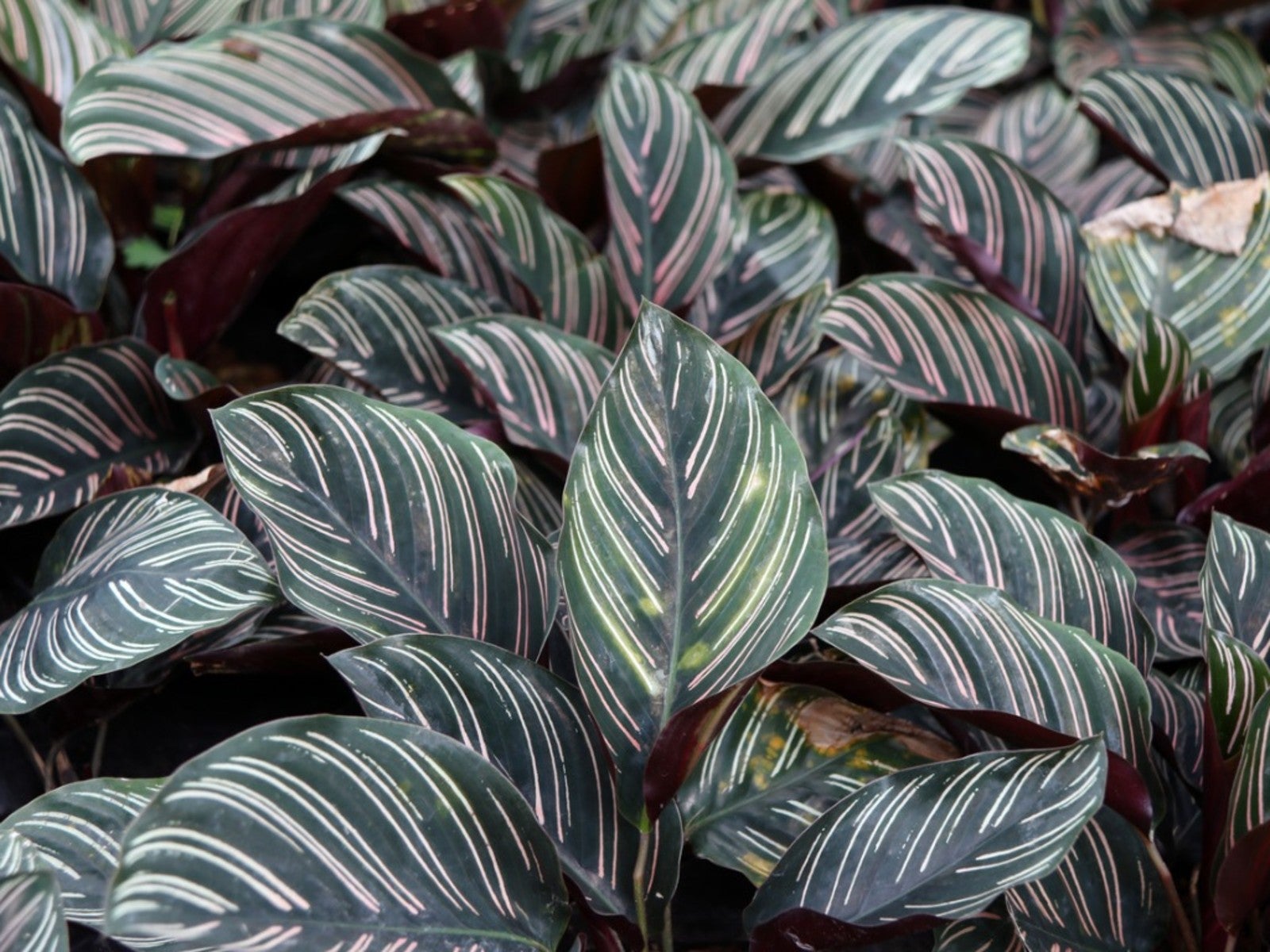 Varieties Of Calathea – Learn About Different Calathea Plants
Varieties Of Calathea – Learn About Different Calathea PlantsThere are many types of Calathea that come in a beautiful array of showy foliage. In fact, there are nearly 300 different cultivars, but only a small number are readily available. Read on to learn about them.
By Raffaele Di Lallo
-
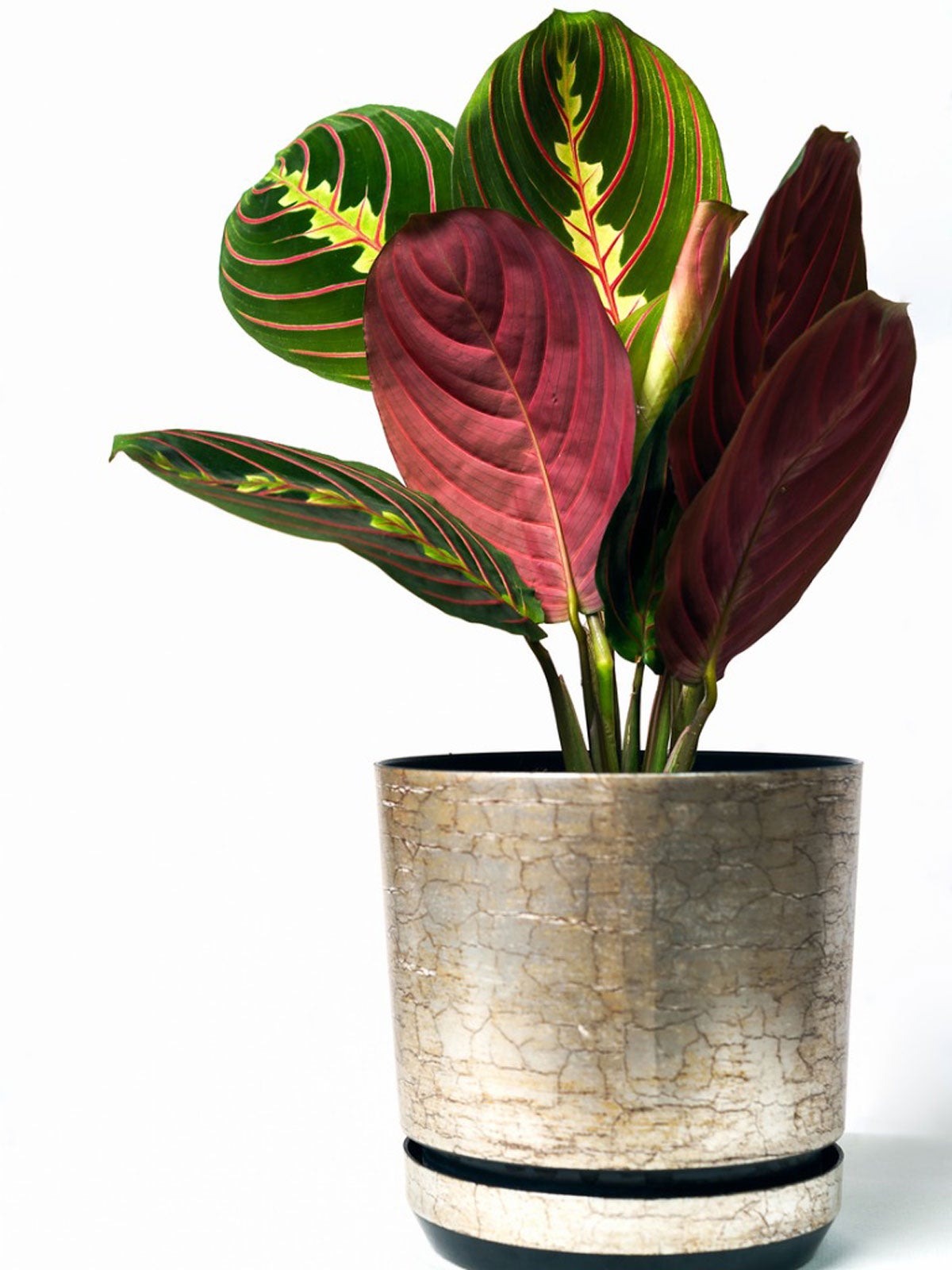 Winterizing Calatheas: Tips For Calathea Care In Winter
Winterizing Calatheas: Tips For Calathea Care In WinterCalatheas are tropical plants and commonly grown indoors. Click here to learn about winterizing calatheas and their care in winter.
By Mary H. Dyer
-
 Calathea Propagation Methods: How To Propagate Calathea Plants
Calathea Propagation Methods: How To Propagate Calathea PlantsGrown for its attractive foliage, the calathea is a favorite houseplant. Click here for info on the propagation of calathea plants.
By Becca Badgett
-
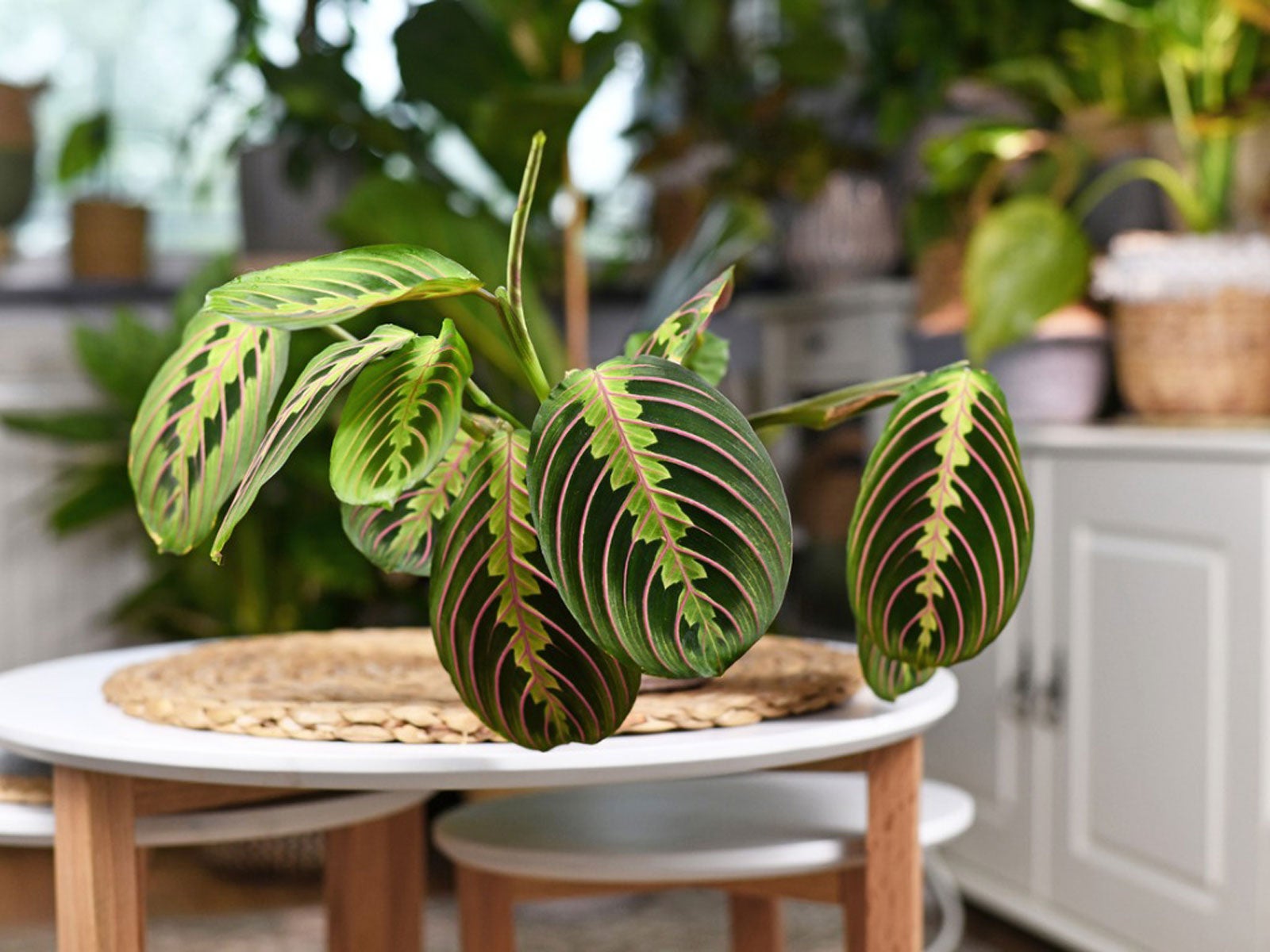 Calathea Vs. Maranta – Are Calathea And Maranta The Same
Calathea Vs. Maranta – Are Calathea And Maranta The SameAre Calathea and Maranta the same? They're closely related and often confused with one another, but are in different genera. Learn more here.
By Bonnie L. Grant
-
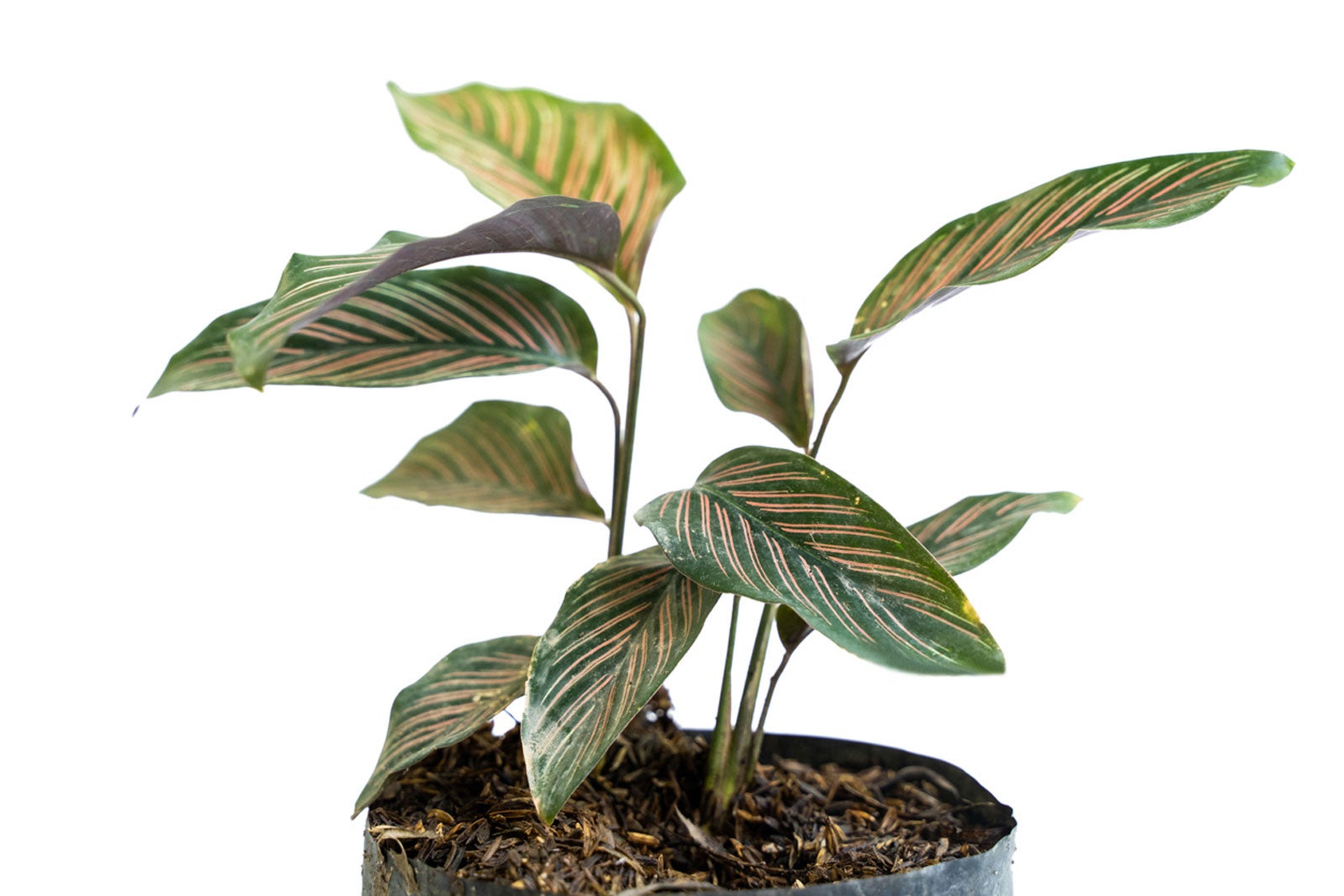 Indoor Pinstripe Plant Info: Growing A Pinstripe Houseplant
Indoor Pinstripe Plant Info: Growing A Pinstripe HouseplantCalathea ornata, or the pinstripe houseplant, is a striking plant with beautifully veined leaves that can make a striking statement in your home. Like any Calathea, houseplant care can be tricky and extra effort is needed for them to look their best indoors. Learn more here.
By Raffaele Di Lallo
-
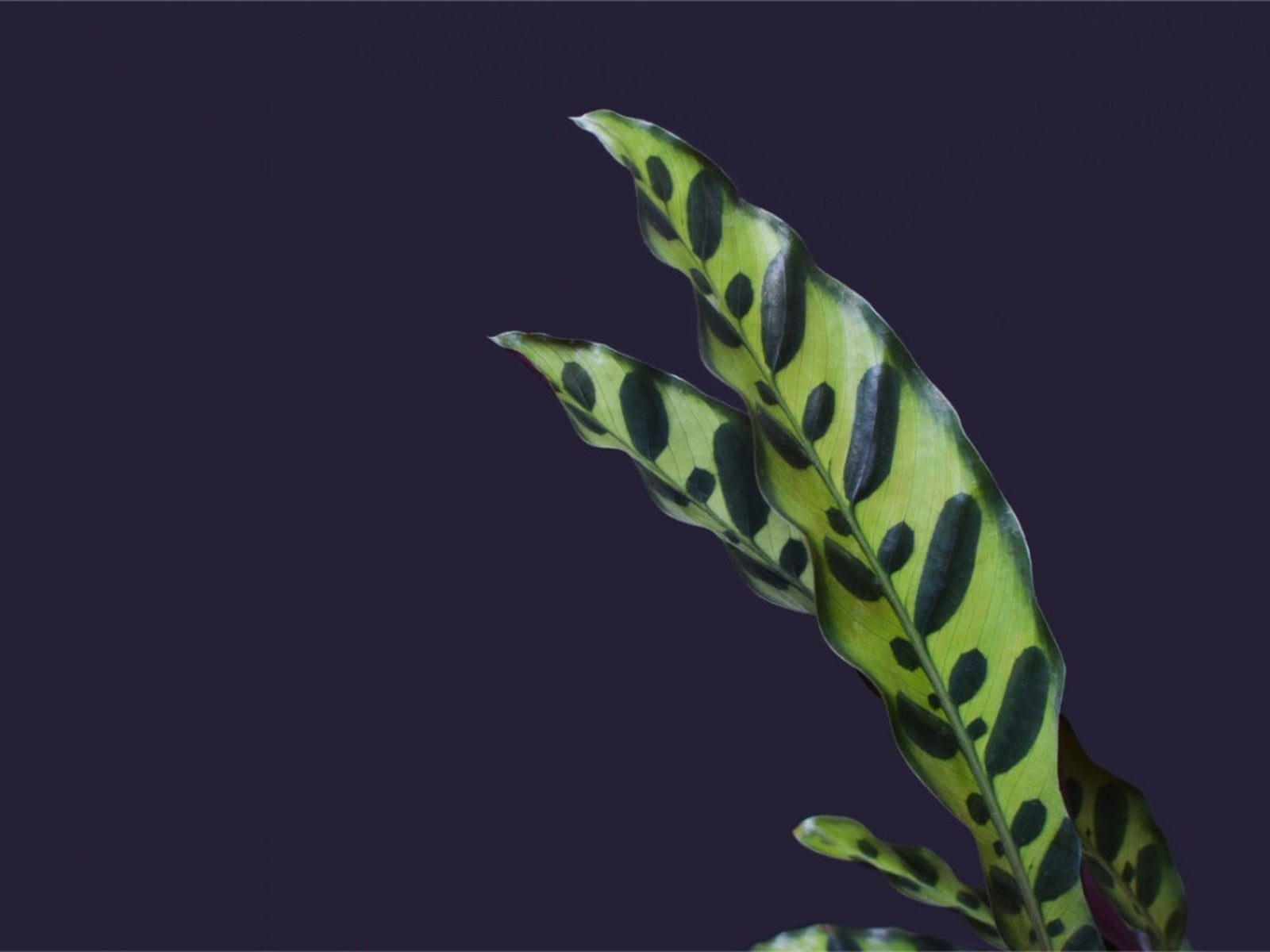 Rattlesnake Plant Care: How To Grow Rattlesnake Houseplants
Rattlesnake Plant Care: How To Grow Rattlesnake HouseplantsThe rattlesnake plant is a decorative perennial with strappy, spotted leaves and deep purple undersides. Click to learn more.
By Mary H. Dyer
-
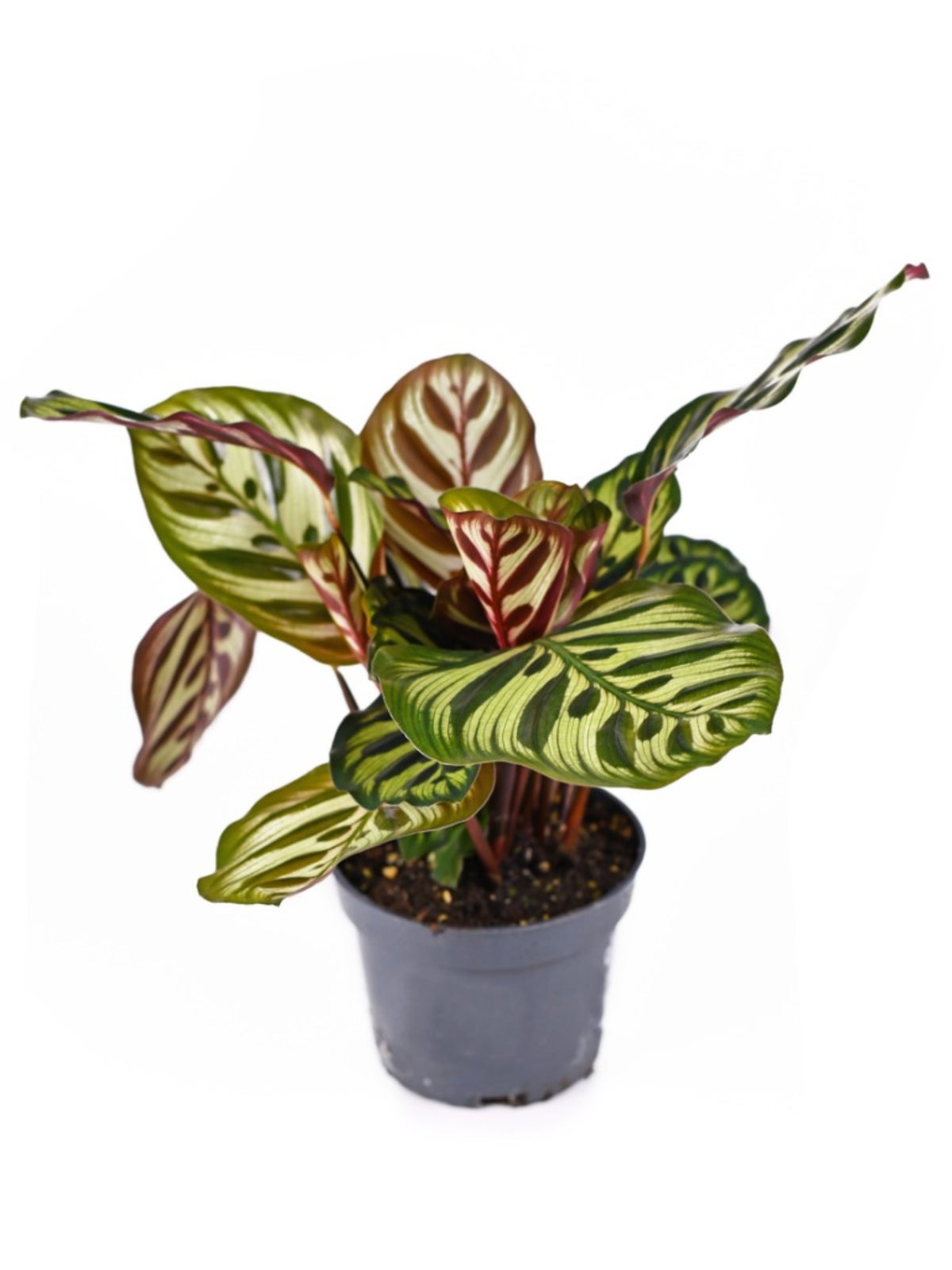 About The Calathea Peacock Plant: Information On How To Grow A Peacock Plant
About The Calathea Peacock Plant: Information On How To Grow A Peacock PlantPeacock houseplants are often found as part of indoor collections. Taking care of Calathea peacock and creating conditions in which it will flourish is not difficult when following the simple tips in this article.
By Becca Badgett